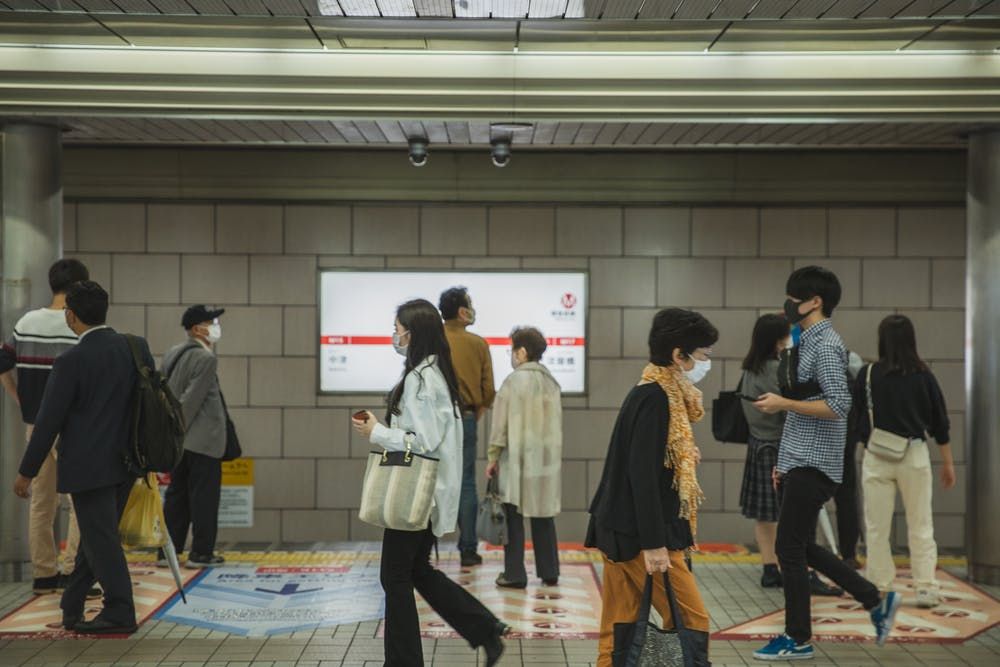When it Comes to Masks, Layering and Material Choice Matter
Face masks protect from COVID-19, but multilayered ones made of certain materials perform better than others.

A recent study conducted by investigators from the Georgia Institute of Technology has found that the type of material a mask is made with, along with how many layers are used, can significantly impact the risk of exposure to COVID-19.
Results from the study were published in the journal Aerosol Science and Technology.
"A submicron particle can stay in the air for hours and days, depending on the ventilation, so if you have a room that is not ventilated or poorly ventilated then these small particles can stay there for a very long period of time," Nga Lee Ng, associate professor and Tanner Faculty Fellow in the School of Chemical and Biomolecular Engineering and the School of Earth and Atmospheric Sciences said. "We learned there was a lot of variability in filtration performance even in the same type of material."
For the study, investigators measured the filtration efficiency of submicron particles passing through 33 different commercially accessible materials not limited to cloth fabrics, including single-layer woven fabrics, blended fabrics, nonwoven materials, cellulose-based materials and materials commonly found in hospitals.
The investigators aimed to provide guidance to homemade face mask recommendations.
Findings from the study showed that blackout drapery and sterilization wrap widely used for packing surgical instruments, both of which are commercially available, were the most highly performing material.
Multilayered masks performed significantly better than single layered masks, with two-layered and three-layered samples showing an overall filtration efficiency of about 50% for submicron particles.
Additionally, the study found that properly fitted and multilayer masks reject 84% of particles expelled by a person when one person wears it.
"The best way to protect ourselves and others is to reduce exhaled particles at the source, and the source is our face. That really gets amplified when everyone starts wearing masks,” Ng said. “Not everyone understands the importance of airborne virus transmission, and the importance of wearing a mask," she said. "I hope that the practice will continue to help reduce the release of these viral particles into the environment and help protect others."
